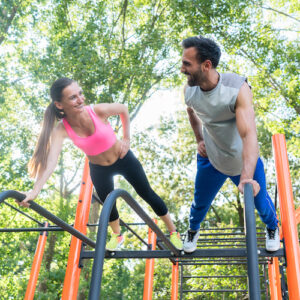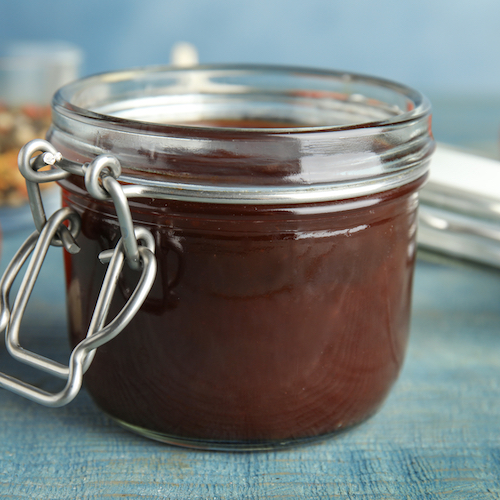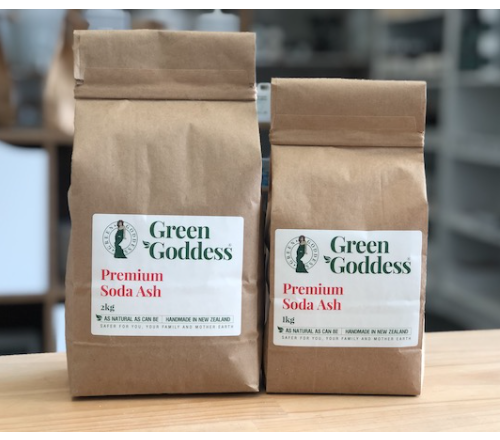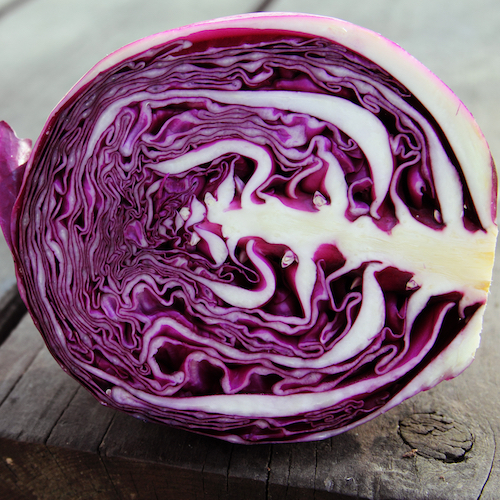The Science Behind Calisthenics and Immune System Health: Understanding How Exercise Boosts Immunity
If there’s been one bright spot to come out of the recent pandemic, it has been a growing awareness of the importance of boosting our immune systems. As a result, many people want to know how to boost their immune system naturally. The good news is that there is a proven way to ramp up your immunity that’s free and accessible 24/7 …
Calisthenics!
In this article, we’ll delve into the science of calisthenics as it relates to immunity to discover how you can use it to keep yourself safe from disease and illness.
Meet your Immune System
Your immune system is your body’s protective mechanism against foreign invaders, including bacteria, viruses, and pathogens. It consists of a vast network of organs, tissues, and cells that coordinate to keep you safe and healthy.
There are two parts to the immune system:
The innate immune system
The adaptive immune system
The innate immune system represents your body’s first line of defense against a foreign invader. It consists of such physical barriers as the skin, mucous membranes, and killer cells that can detect and destroy pathogens.
The adaptive immune system is made of lymphocyte cells that are able to identify and remember pathogens. The body is then able to adapt to fend off the pathogen if it enters the body again. This is called the immune response.
How Exercise Affects the Immune System
A large amount of research has looked into the connection between exercise and immune system health over the years. Regular exercise has been demonstrated in studies to improve immune system function, lower the risk of infections, and improve general health.
Exercise improves blood flow, which can facilitate the movement of immune cells more effectively throughout the body. Physical activity might temporarily increase the creation and movement of immune cells like T cells and natural killer cells, which can improve the body’s capacity to fight infections. Exercise has also been proven to lower chronic inflammation, which is linked to a number of disorders and can impede immune response.
In a 2009 study by Campbell et al., researchers looked into how acute exercise affected immune cell function in healthy persons. They discovered that a single session of moderate-intensity exercise boosted the number of CD8+ T cells with an improved immunological response (phenotype) known as effector memory.
The study also found that exercise reduced levels of pro-inflammatory cytokines, which are linked to immune system impairment and chronic inflammation. These results are consistent with the notion that exercise can improve immune system performance by enhancing immune cell production and decreasing inflammation.
People who regularly exercise have been shown to have a decreased incidence of chronic diseases like heart disease and diabetes, which can impair immune system function, as well as respiratory infections like the flu and the common cold. Also, it has been demonstrated that exercise enhances vaccine response, which is crucial for older adults and those with compromised immune systems.
A 2019 study by Anderson, et al examined the association between physical activity and the risk of chronic diseases by performing a meta-analysis of 88 prospective cohort studies. They found that people who exercised more frequently had a lower risk of getting chronic conditions including cancer, diabetes, and heart disease.
Another study, published in the Journal PLOS ONE in 2022, concluded that regular exercise can improve vaccine response, particularly in elderly individuals and those with compromised immune systems.
The Science Behind Calisthenics
The word “calisthenics” comes from the Greek terms kalos, which means “beautiful,” and sthenos, which means “strong.” In modern-day usage, it refers to physical workouts that are designed to increase physical strength, aerobic fitness and muscular development. In contrast to other forms of exercise, calisthenics only uses one’s own body weight as resistance.
Popular calisthenics exercises include:
Squats, Push-ups, Pull-ups, Planks, Dips, Lunges
Similar to other forms of exercise, calisthenics can increase circulation and boost the creation of immune cells, resulting in a more potent immunological response. Moreover, calisthenics exercises can aid in reducing chronic inflammation, which has been linked to a number of disorders and can impair immune system performance.
A 2006 study investigated the effects of calisthenics, specifically Tai Chi Chuan exercises, on immune system function. The study looked at the benefits of a12-week Tai Chi Chuan exercise program on elderly people’s functional mobility and immune system function. The findings demonstrated that those who engaged in the Tai Chi Chuan exercise program experienced significant gains in functional mobility as well as higher concentrations of CD4CD25 regulatory T cells, an immune cell type that is essential for controlling immune system activity and preventing autoimmune diseases.
Calisthenics has a number of distinct benefits for immune system health when compared to other forms of exercise. It is practical and available for people of all fitness levels because, among other things, it doesn’t require any special equipment.
A personalised workout that can target particular body parts is also possible with calisthenics movements, which can be altered to meet individual requirements and goals. Calisthenics also places a focus on functional movement patterns, which can result in an improvement in performance in everyday activities and reduce the risk of injury.
Calisthenics and Mental Health
Calisthenics’ benefits go far beyond the physical. It also improves our mental health. This, in turn, benefits immune system function. The immune system’s ability to fight off infections and diseases has been found to be suppressed by long-term stress, worry, and depression. Consequently, improving immune system health may be influenced by stress reduction and mental health promotion.
The 2006 study “Exercise for Mental Health” by Sharma, et al. offers proof of the advantages of exercise, including calisthenics, for mental health. The researchers conducted a literature review, finding that exercise has a favourable effect on multiple elements of mental health, including reducing symptoms of anxiety and depression, enhancing mood, and raising self-esteem. The study also discovered that physical activity had a neuroprotective effect, encouraging the creation of new neurons and enhancing brain function.
Overall, calisthenics exercise can significantly improve both physical and mental health, which can strengthen the immune system and lower the risk of getting sick from infections and diseases. Exercises like calisthenics can improve general health and immunity by lowering stress, anxiety, and depressive symptoms.
Calisthenics Exercises for Immune System Health
Many calisthenics activities have the potential to strengthen the immune system. Here are four of the best calisthenics moves for enhancing immune system function, along with details on each move’s benefits and how to perform it:
Push-ups: Push-ups target the chest, shoulders, triceps, and core.
Start in a plank posture with your hands slightly wider than shoulder-width apart, and then lower your body to the floor.
Forcefully push through the chest and triceps to return to the start position.
Maintain a straight line with your body throughout and keep your core tight.
Push-ups can increase circulation, which boosts immune cell production and lowers chronic inflammation.
Squats: The quadriceps, hamstrings, and glutes are targeted during squats.
Stand with your feet shoulder-width apart and your upper body upright.
Hinge at the hips and bend at the knees to lower your body down as if you were sitting in a chair.
Maintain a straight back and center your weight on your heels.
Push through the heels to return to the start position.
Squats encourage useful movement patterns that can lower the risk of injury while also enhancing circulation and stimulating the synthesis of immune cells.
Lunges: Lunges are another lower-body exercise that works the glutes, hamstrings, and quadriceps.
Stand with feet shoulder-width apart.
Step forward with one foot and lower your body until your front knee is bent at a 90-degree angle to complete a lunge.
Maintain a straight back and place all of your weight on the front heel.
Push through the front thigh to return to the start position.
Repeat switching legs.
Lunges can boost immune cell synthesis, circulation, and balance while also encouraging stability.
Plank: The plank is an isometric core exercise that strengthens the lower back and abdominal muscles.
Start in the push-up position and then lower yourself until your forearms are resting on the floor.
Maintain this position for a while keeping your body straight from head to heels.
Planks help enhance circulation, lower chronic inflammation and strengthen the core and balance.
Check out this article if you’d like some more workout ideas.
Combining Calisthenics with a Healthy Lifestyle
Calisthenics can be a useful method for enhancing immune system health, but to get the most out of it, exercise and a healthy lifestyle should be combined. Here are some essential components of a healthy lifestyle that can boost immune system health and complement calisthenics:
Diet
Eating well is important for immune system health since it gives the body the nutrients and antioxidants it needs to work properly. While avoiding processed foods and excessive sugar can assist to reduce inflammation and promote immune system function, eating a diet high in fruits, vegetables, whole grains, and lean protein can supply critical nutrients. Tea is another great way to boost your immune system. Pine needle tea in particular has a multitude of health benefits.
The astounding benefits of pine needle tea
Sleep
A healthy immune system depends on getting adequate sleep since it helps to control immune system activity and encourages cell renewal and repair. To promote the health of your immune system, aim for 7-9 hours of sleep each night.
Fresh air is also great for mental health and overall well-being. Learn more about the benefits of spending more time outdoors.
Stress Reduction
Because prolonged stress can impair immune system function, it’s crucial to reduce stress using methods like deep breathing exercises, yoga, or meditation.
Hydration
Keeping hydrated is crucial for immune system health because it supports immune system activity and aids in the removal of contaminants. To promote the health of your immune system, aim for 8 to 10 glasses of water each day.
Skip out on all the germs and bacteria at the gym by working out at home.
Wrap Up
Maintaining a healthy immune system is essential for maintaining general health and well-being since it guards the body against infections and disorders. By boosting immune cell production, lowering chronic inflammation, and enhancing circulation, calisthenics training can be a useful strategy to maintain immune system health. Calisthenics exercise can also improve mental health by lowering stress, anxiety, and depression, which can affect immune system performance.
If you’re not already doing so, we encourage you to add calisthenics to your lifestyle to boost your immune health and improve your overall fitness. Start with the four exercises described above, gradually increasing intensity and duration. With regular practice, combined with healthy habits, calisthenics exercise can be a powerful tool for boosting your immune system naturally.
References
[1] Campbell JP, Riddell NE, Burns VE, Turner M, van Zanten JJ, Drayson MT, Bosch JA. Acute exercise mobilizes CD8+ T lymphocytes exhibiting an effector-memory phenotype. Brain Behav Immun. 2009 Aug;23(6):767-75. doi: 10.1016/j.bbi.2009.02.011. Epub 2009 Feb 28. PMID: 19254756.
[2] Anderson E, Durstine JL. Physical activity, exercise, and chronic diseases: A brief review. Sports Med Health Sci. 2019 Sep 10;1(1):3-10. doi: 10.1016/j.smhs.2019.08.006. PMID: 35782456; PMCID: PMC9219321.
[3] Bohn-Goldbaum E, Owen KB, Lee VYJ, Booy R, Edwards KM. Physical activity and acute exercise benefit influenza vaccination response: A systematic review with individual participant data meta-analysis. PLoS One. 2022 Jun 15;17(6):e0268625. doi: 10.1371/journal.pone.0268625. PMID: 35704557; PMCID: PMC9200169.
[4] Yeh SH, Chuang H, Lin LW, Hsiao CY, Eng HL. Regular tai chi chuan exercise enhances functional mobility and CD4CD25 regulatory T cells. Br J Sports Med. 2006 Mar;40(3):239-43. doi: 10.1136/bjsm.2005.022095. PMID: 16505081; PMCID: PMC2491999.
[5] Sharma A, Madaan V, Petty FD. Exercise for mental health. Prim Care Companion J Clin Psychiatry. 2006;8(2):106. doi: 10.4088/pcc.v08n0208a. PMID: 16862239; PMCID: PMC1470658.
This article was written by Steve Theunissen, a certified Personal Trainer: Hi, my name’s Steve Theunissen. I joined my first gym at age 15 and, five years later, I was managing my own studio. In 1987, I became the first personal fitness trainer in New Zealand. Over the past decade, I have built a freelance fitness writing career to share my fitness passion with the world.








About The Author: Katie Brooks
More posts by Katie Brooks